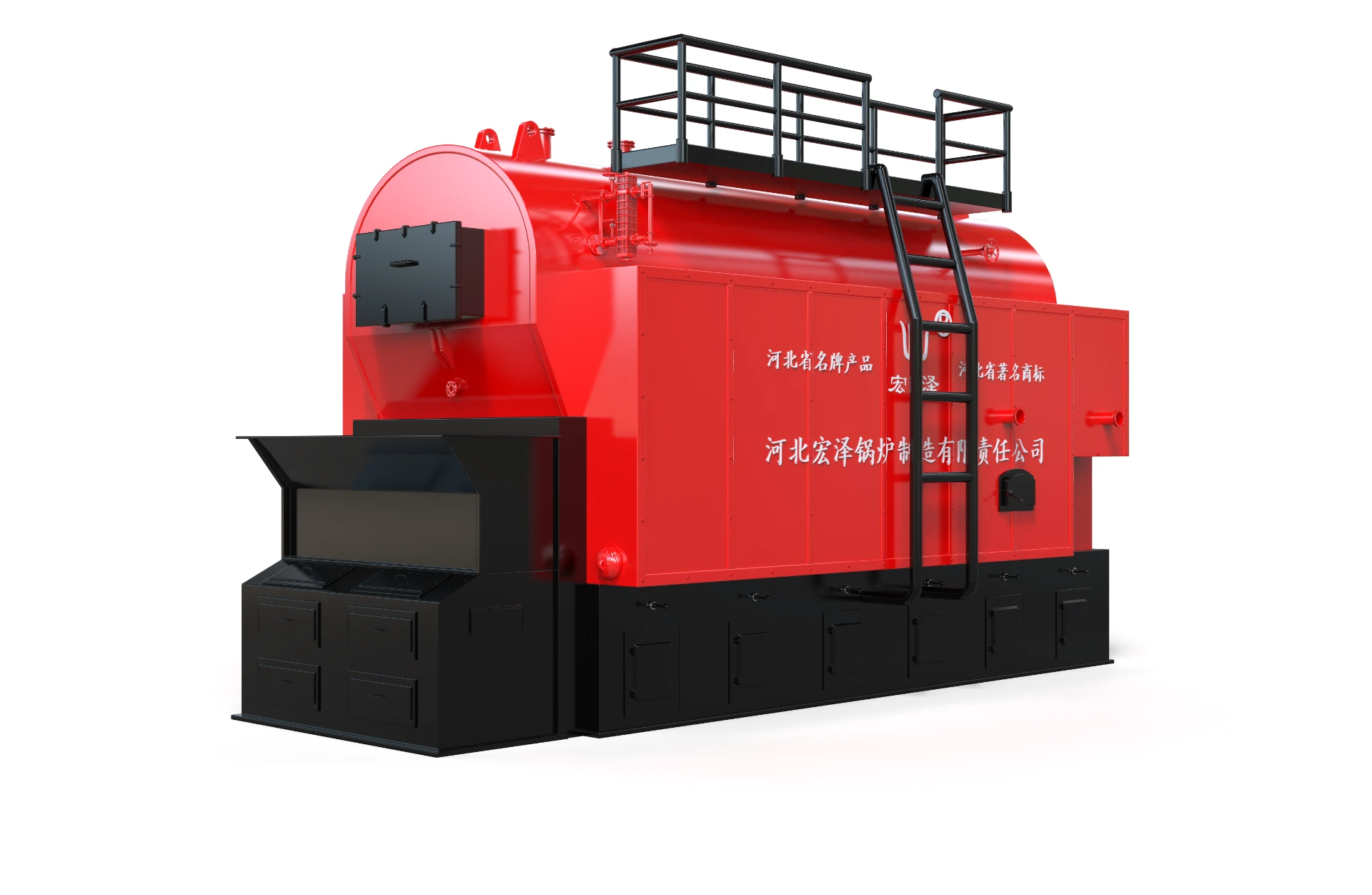
আগস্ট . 30, 2024 11:44 Back to list
How to Add Water to a Steam Boiler - Step-by-Step Guide
How to Add Water to a Steam Boiler
Maintaining the correct water level in a steam boiler is crucial for both efficiency and safety. A steam boiler operates by heating water to create steam, which is then used for heating or powering various systems. If the water level drops too low, it can lead to overheating and potential damage to the boiler. Conversely, too much water can cause the boiler to flood, leading to inefficiencies and possible mechanical failure. Therefore, knowing how to properly add water to a steam boiler is essential for any operator.
Understanding the Boiler's Water Level
Before adding water, it’s important to understand how to monitor the water level in the boiler. Most steam boilers are equipped with a sight glass, which allows operators to see the current water level. This glass will indicate whether the water level is within a safe operating range. Regular checks of the sight glass should be part of a routine maintenance schedule. Additionally, many modern boilers are equipped with automatic controls that can signal when water needs to be added.
Preparing to Add Water
If the water level is low and needs replenishing, turn off the boiler and allow it to cool slightly. Adding water to a hot boiler can cause thermal shock, leading to cracks and other damage. Indeed, it’s crucial to follow the manufacturer’s guidelines regarding safe temperature thresholds. Safety is paramount; before proceeding, ensure that the boiler is depressurized. Use the appropriate protective gear, including gloves and goggles, to prevent any accidents.
Adding Water to the Boiler
how to add water to a steam boiler

Once the boiler has cooled and depressurized, locate the water feed valve. This is typically connected to the water supply system. Make sure the valve is closed before connecting any hoses or pipes if needed. Depending on the boiler design, you may require a hose or a direct water supply connection.
Open the water supply valve slowly to allow water to fill the boiler. Monitoring the sight glass during this process is crucial to avoid overfilling. The water should rise to the recommended level, usually indicated by markings on the sight glass. Too much water can cause flooding and can lead to inefficient steam generation, while too little can cause the boiler to overheat.
Testing and Monitoring
After adding water, it is imperative to check for leaks around the water inlet or any other fittings. If leaks are detected, they must be addressed promptly to prevent water damage or wasted resources. Once you have confirmed that everything is secure, turn on the boiler according to the manufacturer’s instructions. Allow the boiler to reach its operating temperature and pressure before using it.
Regular monitoring of the water level and routine maintenance checks are vital in the long-term operation of a steam boiler. Keep an eye on the gauges and perform periodic blowdowns as necessary to remove sediment buildup and maintain efficiency.
Conclusion
Adding water to a steam boiler might seem straightforward, but it involves careful attention to detail and adherence to safety protocols. By understanding the indications on the sight glass, preparing the boiler properly, and conducting regular maintenance, operators can ensure that the steam boiler functions efficiently and safely. A well-maintained boiler not only prolongs the life of the system but also enhances performance and safety in any industrial or residential setting.
-
Best Steam Boiler Design PDF Free Design Calculation & Diagram Downloads
NewsJun.10,2025
-
Hot Boiler Water Heater Efficient Heating Solutions for Home & Commercial Use
NewsJun.10,2025
-
Steam Boiler Safety Devices High-Quality Protection Valves
NewsJun.10,2025
-
Ultimate Steam Boiler Checklist for Safety & Efficiency
NewsJun.10,2025
-
Optimal Hot Water Boiler Temperature Setting Guide
NewsJun.10,2025
-
Effective Hot Water Boiler Chemical Treatment Protect & Maintain
NewsJun.09,2025
Related PRODUCTS






















